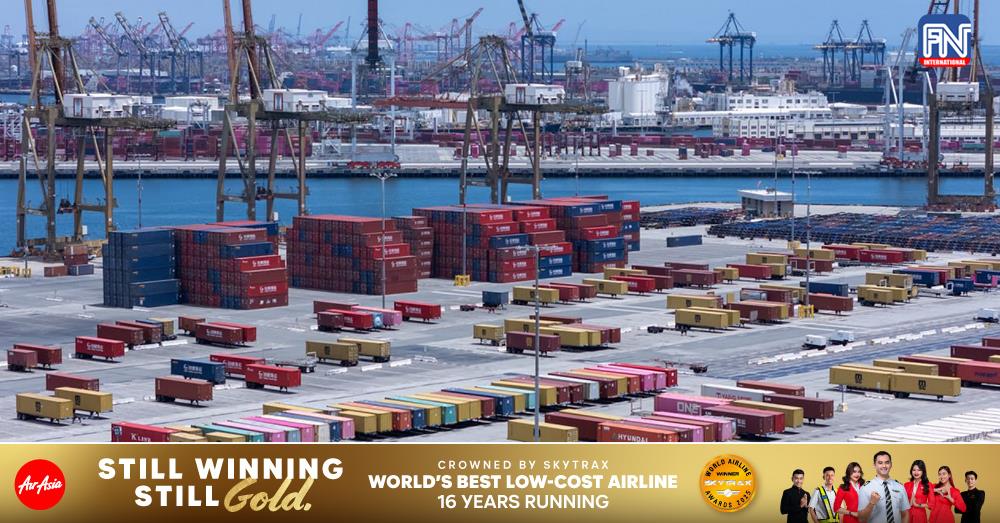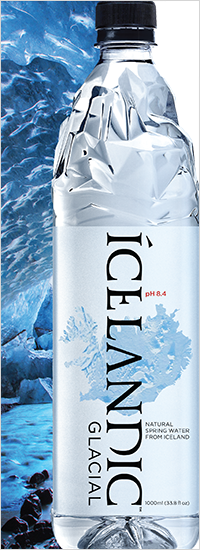WASHINGTON/BRUSSELS, Jul. 7 (Reuters): U.S. President Donald Trump opened a new phase on Monday in the trade war he launched this year, telling partners, from powerhouse suppliers such as Japan and South Korea to minor players, that they face sharply higher tariffs from August 1.
The imposition of a levy of 25% on U.S. importers of all goods from key allies Japan and South Korea rattled Wall Street, with the S&P 500 Index knocked back sharply, though markets in Asia were taking the news in stride.
In letters so far to 14 countries, Trump hinted at opportunities for additional negotiations, even while warning that reprisals would draw a like-for-like response.
"If, for any reason, you decide to raise your tariffs, then, whatever the number you choose to raise them by, will be added on to the 25% that we charge," Trump told Japan and South Korea in letters released on his Truth Social platform.
The higher tariffs take effect from August 1, and notably will not combine with previously announced sectoral tariffs, such as those on automobiles and steel and aluminium.
Countries have been under pressure to conclude deals with the U.S. after Trump unleashed a global trade war in April that roiled financial markets and sent policymakers scrambling to protect their economies.
Trading partners got another reprieve as Trump signed an executive order on Monday extending to August 1 the Wednesday deadline for negotiations.
Asked if the deadline was firm, Trump replied, "I would say firm, but not 100% firm. If they call up and they say we'd like to do something a different way, we're going to be open to that."
It was unfortunate that Trump was hiking tariffs on imports from Japan and South Korea, two of the closest U.S. allies, but there was still time for a breakthrough in negotiations, said former U.S. trade negotiator Wendy Cutler.
"While the news is disappointing, it does not mean the game is over," added Cutler, the vice president of the Asia Society Policy Institute.
Trump said the United States would impose tariffs of 25% on goods from Tunisia, Malaysia and Kazakhstan, with levies of 30% on South Africa, Bosnia and Herzegovina, climbing to 32% on Indonesia, 35% on Serbia and Bangladesh, 36% on Cambodia and Thailand and 40% on Laos and Myanmar. A deal with India was close, Trump added.
On Tuesday, Japanese Prime Minister Shigeru Ishiba said some progress had been made on avoiding higher tariffs, of up to 35%, that Trump had suggested recently.
"We have received a proposal from the United States to swiftly proceed with negotiations towards the newly set August 1 deadline, and that depending on Japan's response, the content of the letter could be revised," Ishiba told a cabinet meeting.
South Korea said it planned to step up trade talks with the United States, and considers Trump's latest plan as effectively extending a grace period on adopting reciprocal tariffs.
Thailand said it was confident it can get a competitive tariff similar to those on other countries.
In neighbouring Malaysia, the trade ministry said it acknowledged U.S. concerns on trade imbalances and market access, while believing that constructive engagement and dialogue remained the best path forward.
In Indonesia, Southeast Asia's largest economy, an official said Jakarta still had room to negotiate on tariffs, and its top negotiator would meet U.S. trade representatives in Washington.
A Bangladesh team in Washington was scheduled to have further trade talks on Wednesday, an official said.
The U.S. is the main export market for Bangladesh's readymade garments industry, which accounts for more than 80% of its export earnings and employs 4 million people.
“This is absolutely shocking news for us," Mahmud Hasan Khan, president of Bangladesh Garment Manufacturers and Exporters Association, told Reuters on Tuesday. "We were really hoping the tariffs would be somewhere between 10-20%. This will hurt our industry badly."
South African President Cyril Ramaphosa said the 30% U.S. tariff rate was unjustified, since 77% of U.S. goods face no tariffs in his country. Ramaphosa's spokesperson said his government would continue to engage with the United States.
U.S. stocks fell in response to Monday's news, with the S&P closing down about 0.8%, although Asian share markets were mostly resilient, with Japan's Nikkei recouping early losses and South Korean stocks jumping more than 1%.
"There's going to be a lot of volatility as the headlines start to emerge, as more of these letters come out, and as the negotiations really come to the fore ahead of that August 1 deadline," said Tapas Strickland, head of market economics at National Australia Bank.
Earlier on Monday, U.S. Treasury Secretary Scott Bessent said he expected several trade announcements in the next 48 hours, adding that his inbox was full of countries' last-ditch offers.
Only two deals have been struck so far, with Britain and Vietnam, while Washington and Beijing agreed in June on a framework covering tariff rates.
China has until August 12 to reach a deal with the White House to prevent Trump from reinstating additional import curbs.
On Tuesday, it warned the United States against reinstating tariffs on its goods, and said it could retaliate against countries striking deals with the U.S. to cut China out of supply chains.
The European Union will not be receiving a letter setting out higher tariffs, EU sources familiar with the matter told Reuters on Monday.
The EU still aims to reach a trade deal by Wednesday after European Commission President Ursula von der Leyen and Trump had a "good exchange," a commission spokesperson said.
The EU has been torn over whether to push for a quick and light trade deal or leverage its economic clout for a better outcome.
Trump also threatened leaders of developing nations in the BRICS grouping meeting in Brazil, with an additional 10% tariff if they adopt "anti-American" policies.
The bloc includes Brazil, Russia, India and China among others.

Photo from Reuters




